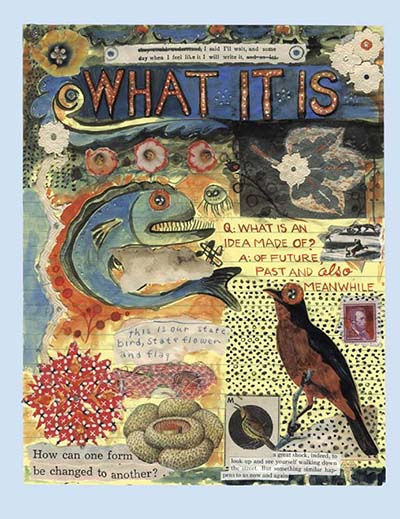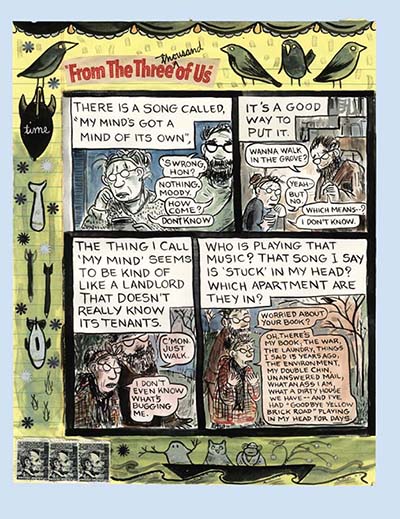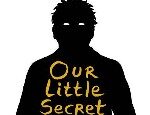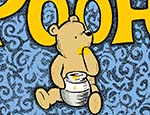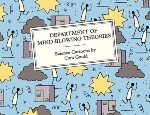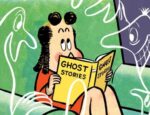What It Is is one of those books that either grabs you by the collar and doesn’t let go, or seeps slowly into your consciousness and shifts how you look at the creative process. To say that it is aimed at people who create, or those interested in creating something, is arguably to miss the point. A more accurate way of describing it would be as a peek into a singular artistic mind. This is who I am, says Lynda Barry, come and sit with me for a while.
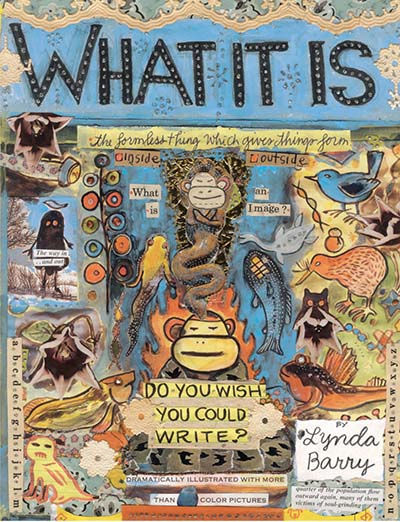
It has been over 15 years since the hardback edition of What It Is, for which Barry was declared a 2009 Eisner Award winner for Best Reality-Based Work. The award signifies just how rooted in lived experience her book is, and how simultaneously reductive any attempt at describing it is. On one page, you might find a three-panel comic about anxiety. Turn it, and you may get a mixed-media collage, followed by a pithy philosophical quote about art. It continues in this vein, a powerful stream of ideas about how to take the ordinary and turn it into something special. It also functions as a memoir, the story of a life spent asking questions and documenting the process of responding to them.
One of the many things that makes Barry’s impressive body of work so relatable is the ease with which she combines elements of her own personality with the narrative arcs of her characters. That trait is more pronounced here, when she talks about self-doubt for instance, or explains how she tackles obstacles that often get in the way of one’s ability to explore imaginative limits. There is a consistent emphasis on how structure doesn’t matter as much as we think it does, and page after page proves this with examples from her work.
In September 2022, while speaking with The New York Times, Barry referred to the act of play as “a different state of mind” that could “help us do so many things if we just allow ourselves to get back to it.” She also spoke about the rise of phones and loss of manual dexterity, why she paired Ph.D. students with kindergartners to trigger problem-solving, and how adults slowly dissociate from the importance of playfulness as we grow older. What one took away from the interview was the utter seriousness with which her artistic process and approach to living are so closely intertwined.
What It Is is sometimes described as Barry’s ‘bestselling treatise on creativity,’ which doesn’t do justice to how accessible it is even to those who do not identify as creative people. In fact, it works as a trigger for precisely those who believe they have no artistic bone in their bodies, making one reconsider what it means to create art. A scrapbook is art too, it declares, because it can help make sense of something.
This isn’t her only discourse on the subject either. There was Picture This: The Near-Sighted Monkey Book in 2010, followed by Syllabus: Notes from an Accidental Professor in 2014 and, not too long ago, the engrossing Making Comics in 2019. These books reaffirm not just Barry’s commitment to her beliefs, but also the generosity with which she teaches anyone willing to listen.
Why has it taken Drawn & Quarterly all these years to put out a paperback edition? It doesn’t matter. What does is that we have it, and Lynda Barry, at all.
Lynda Barry (W/A) • Drawn & Quarterly, $22.95
Review by Lindsay Pereira





